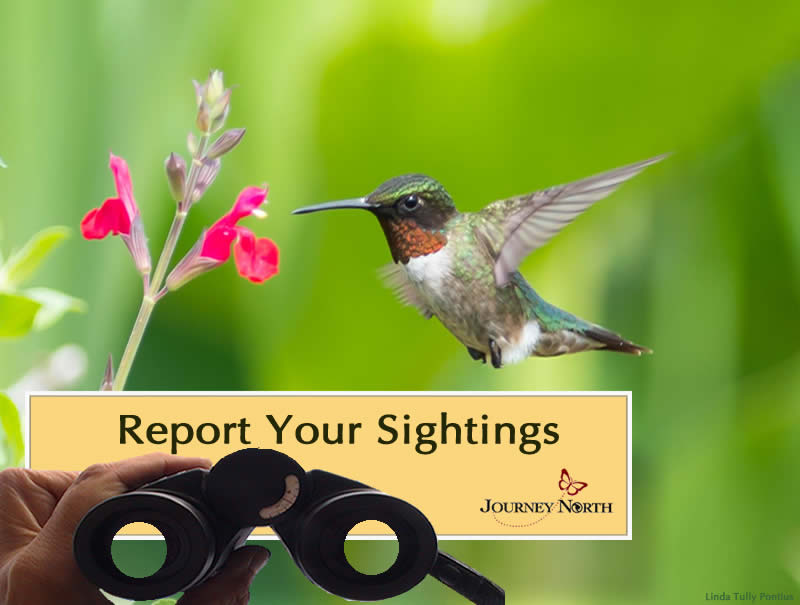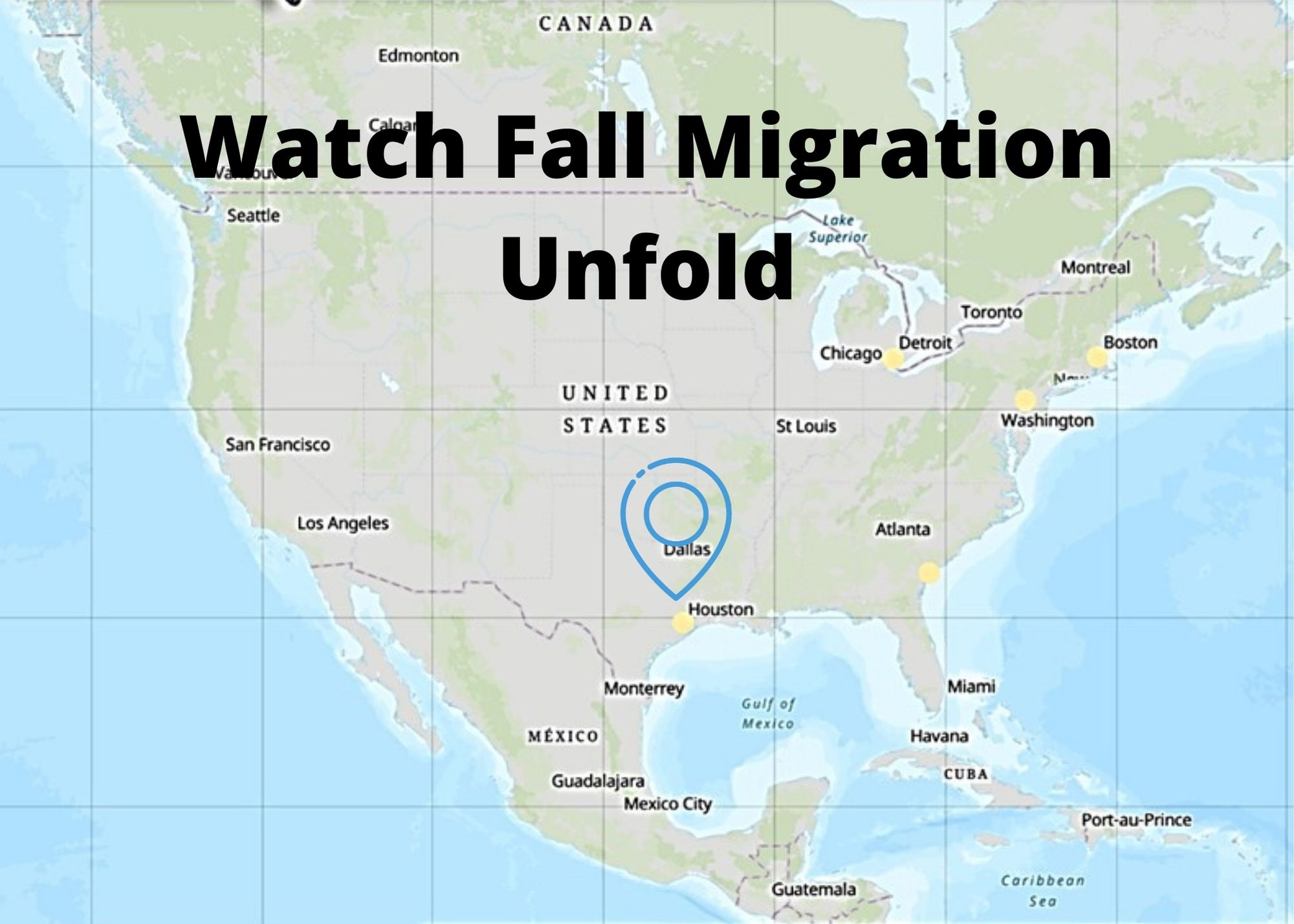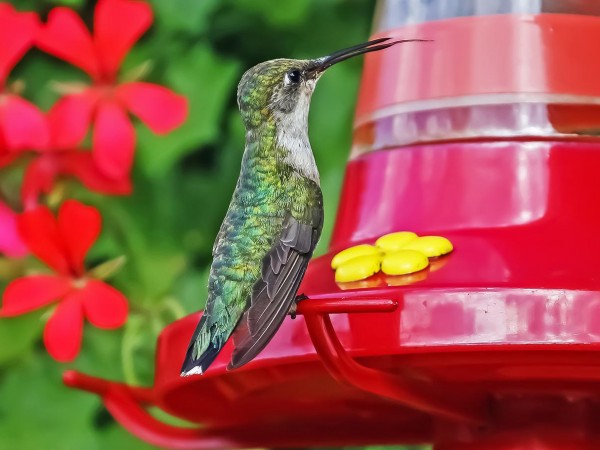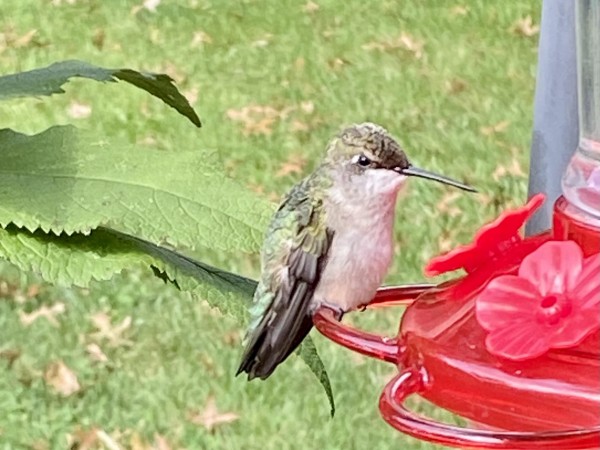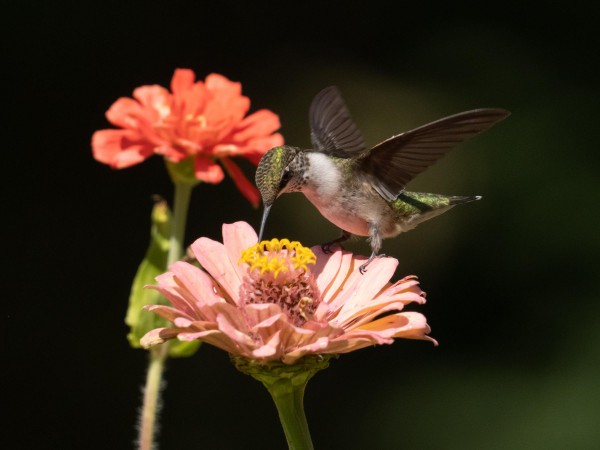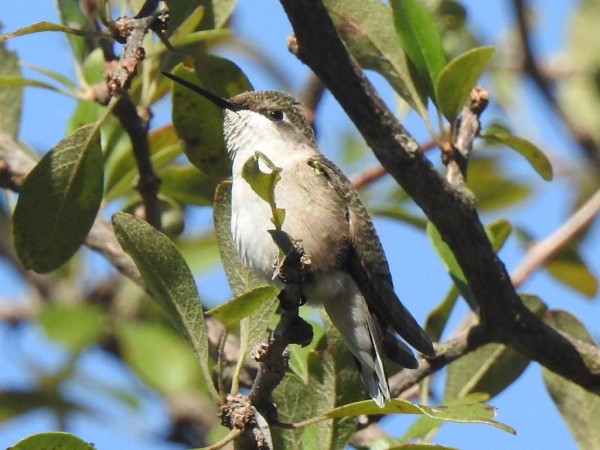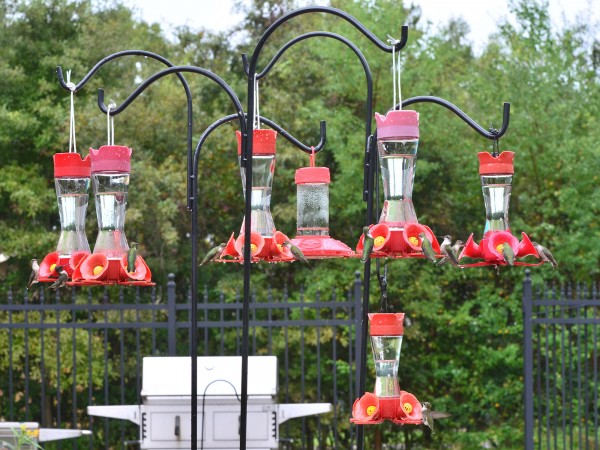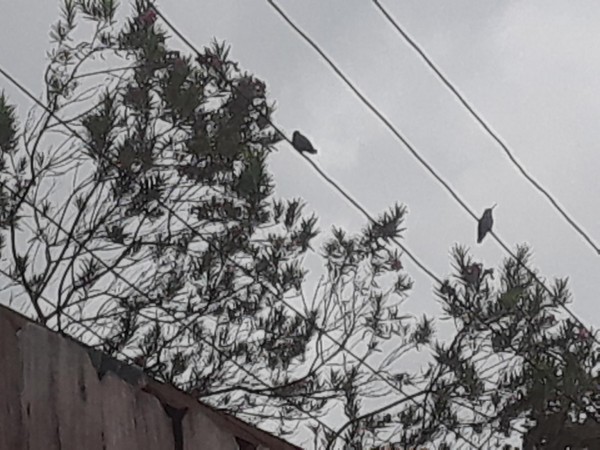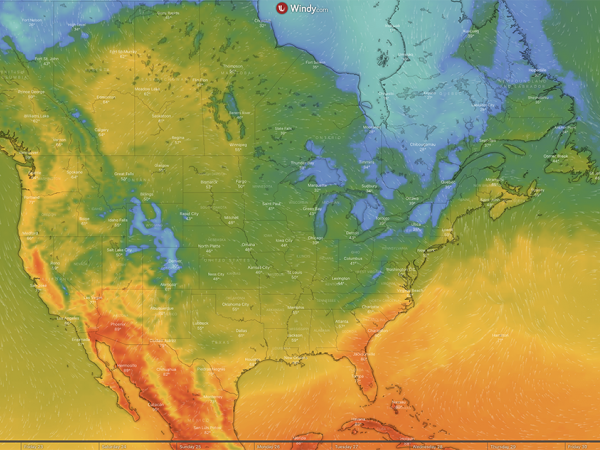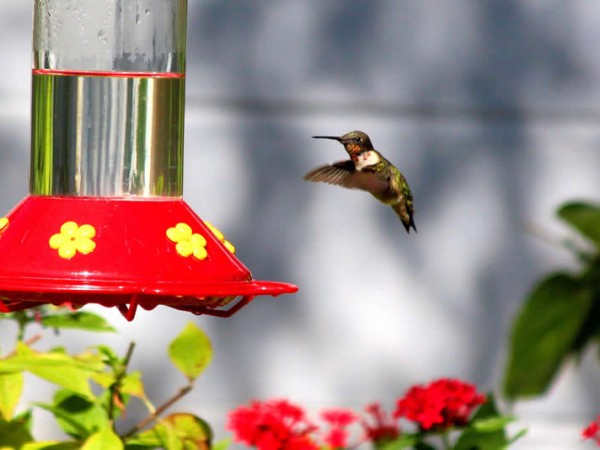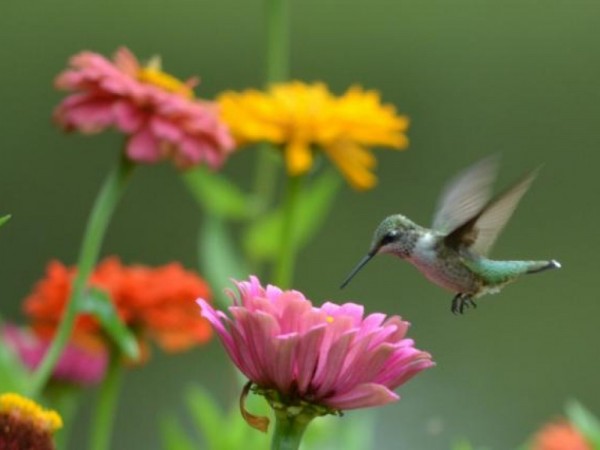Hummingbirds on the Move
Fall officially begins tomorrow and hummingbird migration is well underway. Many adult males have already headed south and more females and juveniles are following suit. Keep reporting your observations of hummingbirds to Journey North!
Note: There will be no Hummingbird News Update next Tuesday, September 28. Weekly updates will resume on Tuesday, October 5.
Mostly Females and Juveniles in the North
Signs of fall are all around: Day length is shortening, flowers are fading, and night temperatures are dropping. While many hummingbirds have already left in the northern parts of their breeding range, some females and juveniles still remain.
Michael in Eagle, ID: "Lone female Black-chinned Hummingbird still here." (09/14/2022)
Wido in Montréal, QC: "We saw on September 17th, 2021, one Ruby-throated Hummingbird several times in the afternoon sitting on wires and feeding from a bottle which is near our kitchen window. The ambient temperature was + 27 Centigrad. It's the first time that we see a hummer so late in the year. Normally all hummers are gone at this time of the year around September 7th." (09/17/2021)
Mechanicsburg, PA: "Female hummingbird at feeders frequently throughout the day." (09/18/2021)
David in Minneapolis, MN: "Hummingbird visited my feeder this morning, announcing him/herself with a little chirp. I suspect it was a juvenile." (09/19/2021)
Marjorie in Lowell, MI: "This time of year the juveniles will almost perch on the zinnias and feed on the nectar. It's adorable." (09/19/2021)
Adult Males
Male hummingbirds migrate first, followed by females and juveniles. As migration progresses, reports of adult males tend to drop-off, even in more southerly locations in the U.S.
Are you still observing adult male hummingbirds? If so, we encourage you to report your observations under the category Fall: Hummingbird Sighting (Adult Male). These reports allow researchers to better determine “last seen” dates. Explore our maps to compare data year-over-year.
Leslie in Edgewood, NM: "Still have one male Rufous and many female and juvenile broadtails. Due to abundant rainfall in mid August we still have flowering plants and lots of bugs. They are eating voraciously at our feeders too." (09/14/2021)
Lynne in Spring Hill, TN: I continue to have 3 female/juvenile Ruby-throated Hummingbirds at my nectar feeder . . . I have briefly seen only 1 male over the last week." (09/15/2021)
Vivian in Desdemona, TX: "There are easily 20 hummingbirds here this morning, at least 2 are male Ruby-throats. The majority are females and juveniles, a combination of Ruby-throats and the Black-chinned that nested here." (09/17/2021)
Gulf Coast Uptick
Journey North citizen scientists along the Gulf Coast are noting more hummingbirds and intense feeding. Is this the beginning of a surge in sightings?
Carla in Crowley, LA: "A flight delay seems possible for these 13 Ruby-throats. The 15 mph southeasterly winds and persistent rains of Hurricane Nicholas weren't enough to keep them from feeding throughout the day. I counted 4 males and 9 females and/or juvenile males. Along with the rest of the feeders spread out in our yard, we still have at least 30." (09/14/2021)
Beverly in Houston, TX: Here we go again gaining a wave. 2 on wires in photo as it starts around 8 a.m. . . . They all look like sub-adult male Ruby-throats." (09/19/2021)
Dawn and Dusk
Have you ever wondered why do hummingbird activity levels tend to peak in the evenings and mornings, and remain relatively quiet during the day? Ornithologist and longtime Journey North contributor Laura Erickson explains:
"Hummingbirds are migrating by day. They land while it’s still afternoon if they see a good place to fuel up for a few hours. Then they find a safe place to sleep. They must also do a lot of feeding again in the morning before they take off. It's different for the local hummingbirds not yet on the move: Mid-day is when they can get the most insects and when most flowers are open so they can get natural foods. But locals also do the quick-energy feeding frenzy in the evenings and mornings."
Watch the Weather and Keep Reporting
Weather affects the flight of hummingbirds as they make their way south. Migration is already a perilous time of life for these small birds, and hurricanes and other inclement weather add more challenges. Hummingbirds have been found to “wait out” storms. However, after extreme storm events, hummingbirds may have problems finding enough food sources. Others may have been driven far off-course. Check out Windy.com to explore how weather may affect hummingbird migration in your area.
Your reports add to our collective understanding of hummingbird migration. When you observe hummingbirds, we want to know.
Keep reporting and thanks for all you do on behalf of hummingbird tracking!


